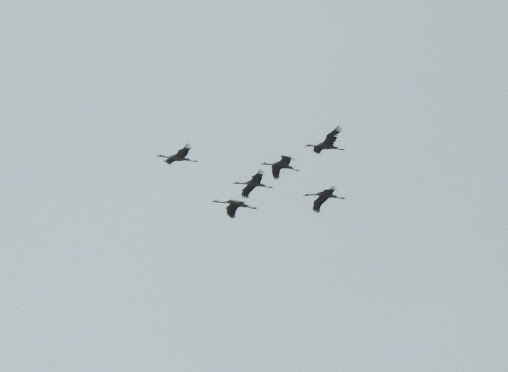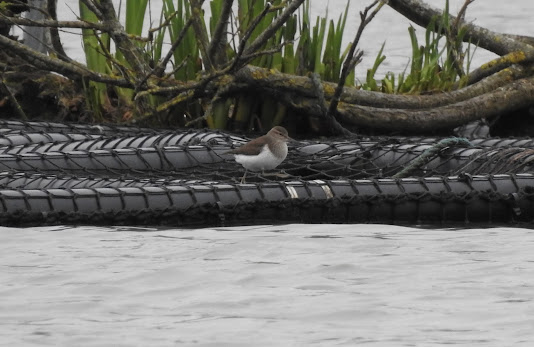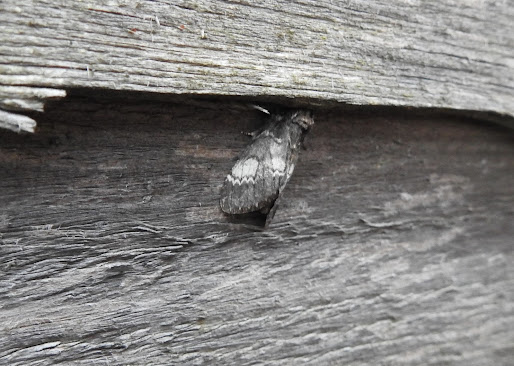One thing I rarely do any more is flit from place to place, preferring to pick a spot and stick to it. But this morning it was raining steadily, and being late April it seemed likely that any watery habitat might be worth a visit, so I tried to do them all.
The Earlswood plan seemed pretty sound. Rain should mean terns, or that's what I've always thought. The dearth of early messages on Whatsapp should have been a clue, and as it turned out the only terns present were five Common Terns, and the only wader a Common Sandpiper. The best bird was a Yellow Wagtail which Matt and I saw flying across Engine Pool as we chatted on the causeway. (He gave me a gripping account of his encounter with the Redshanks a few days ago. There were actually 42 of them and they flew back and forth for quite a while, allowing Matt to film them on his phone). There were plenty of hirundines as you might expect, but no Swifts to brighten the mood.
It was still raining when I reached Mappleborough Green, but it was easing off and this was by far the most productive venue today. I began by seeing a Common Whitethroat rather well, and hearing a Lesser Whitethroat.
 |
| Whitethroat |
Down at the main flash things looked quiet, so I quickly moved on to the overflow flash. At first this didn't seem much better, but then I spotted the bird of the day, a male Whinchat.
 |
| Whinchat at Mappleborough Green |
It was not close, and it turned out to be very elusive. After twice disappearing from view, it returned for a few minutes to allow a record shot, before completely vanishing. A Little Ringed Plover flew around after being disturbed from the other flash by a lady feeding her horse, and I eventually decided to return there. The result was a pair of Shelducks which I hadn't seen earlier.
After lunch the rain abated completely and it brightened up. I went to Morton Bagot to see what I'd been missing. Not very much as it turned out. There was no sign of the Lapwing pair, let alone the chick, no Avocets, and no unusual migrants. The highlight was a fly-over Yellow Wagtail which I only heard. A Little Egret was present, and most of the resident warblers sang and hid from view as usual.
I started looking at plants (it was that bad), and it was actually quite pleasant. I rather liked the look of a Wood Spurge along the road below Bannams Wood.
 |
| Wood Spurge |
Tony has been around in the dead of night this week counting singing Grasshopper Warblers, tallying four, and ringing two of them. I didn't hear any this afternoon, but I'm sure this was just a time of day thing, and they are still here.








.jpeg)
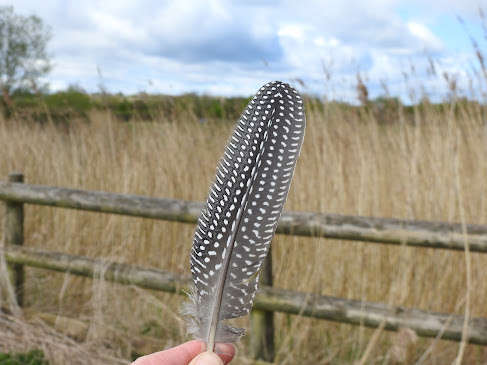



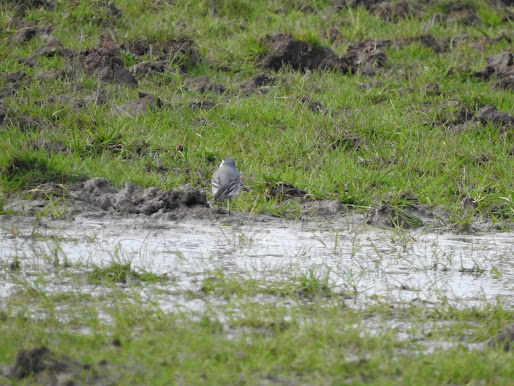






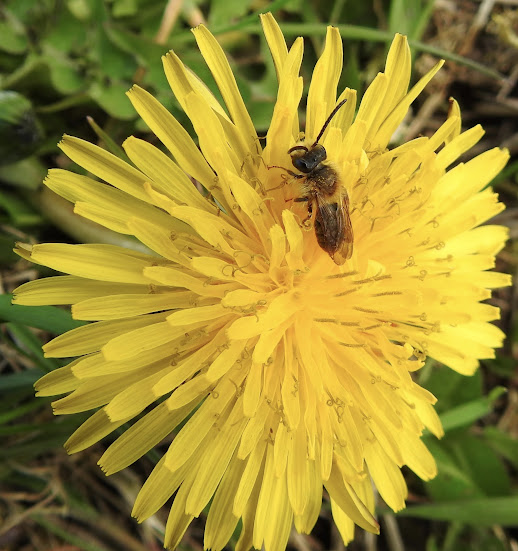
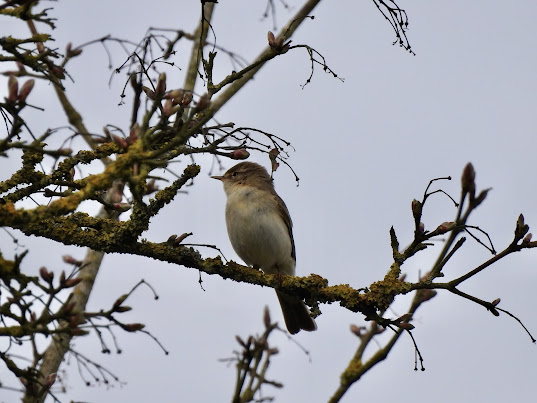









.jpeg)

